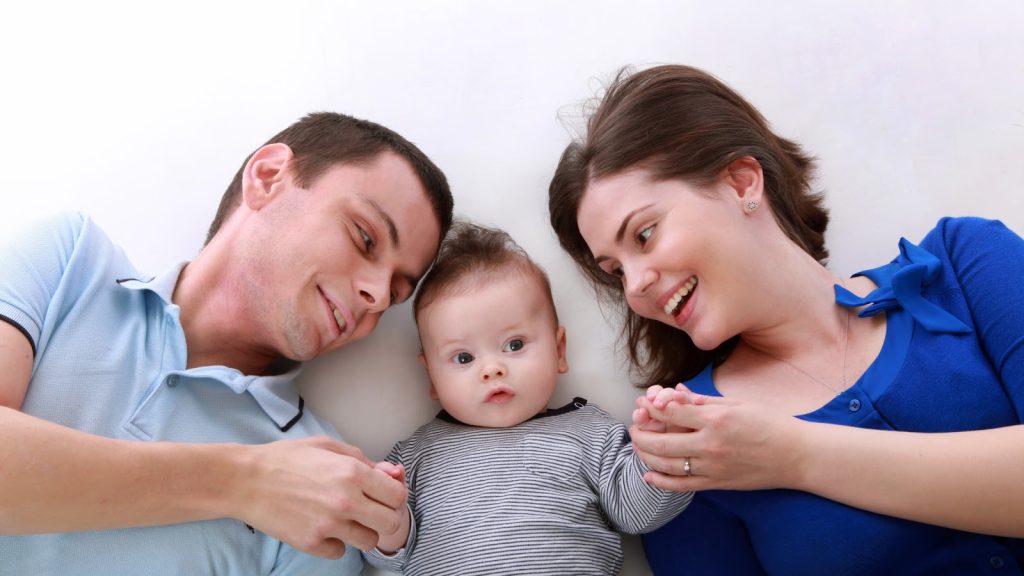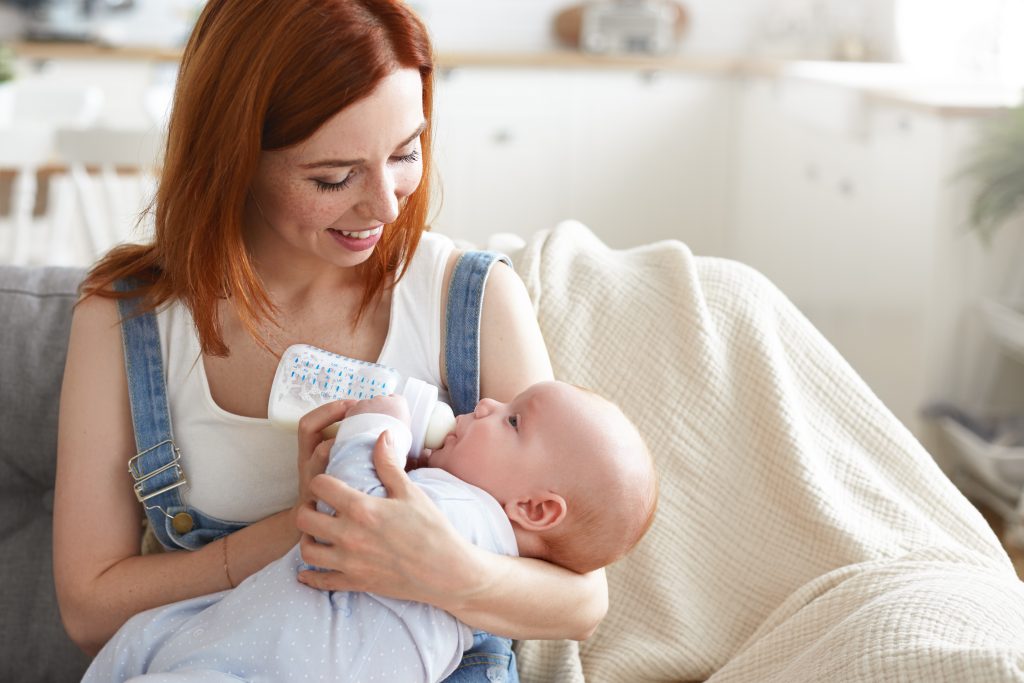We might sound biased, but newborn babies are pretty intelligent creatures from the get-go. If you have not had a chance to spend some time with infants before becoming a mother, you may find yourself marvelling at all their movements and finding them absolutely adorable! From their startled, doe-eyed look to holding firmly onto your finger, all these movements are actually newborn reflexes and play an integral part in your baby’s development. These innate responses are vital as they help newborn babies navigate, survive and thrive in their brand new environment.
If you are a new parent or even a seasoned parent who needs a refresher on what newborn reflexes to expect, then you’ve come to the right place. What are the newborn reflexes you should be looking out for, and what do they indicate in terms of your baby’s development? Let’s read on to find out more.
Rooting Reflex
The rooting reflex is one of the essential survival reflexes that help babies find their source of nourishment. Whether you are breastfeeding or bottle-feeding, this reflex is triggered when the corner of a baby’s mouth or cheeks are touched or stroked. When this happens, babies would naturally turn their heads, opens their mouths, and start searching for a nipple to latch on to feed. The reflex is called “rooting”, and it helps babies look for the breast or bottle at feeding time. This is instinctual to your newborn at birth and usually disappears when they are around 4 months. If you notice that your baby is rooting a lot, it may be that they just want to suck. In this case, you can consider offering your baby a pacifier to satisfy the urge to root or suck.
Sucking Reflex
The sucking reflex is another key newborn reflex that kicks in after the rooting reflex. Some lucky parents might have already seen their babies sucking their thumb in-utero during a routine ultrasound scan. This reflex allows your baby to create a sucking motion to extract milk from the nipple during breastfeeding.
You might think that sucking is simple but coordinating breathing, sucking and swallowing is quite complicated for your baby to master. Sucking involves two stages. First, babies have to place their lips around the areola with the nipple far back in their mouth. The compression between the hard palate and tongue encourages milk to come out. The sucking part, on the other hand, helps maintain suction and secure the breast or teat to your baby’s mouth.
This reflex is triggered when the roof of your baby’s mouth is touched with either a finger, pacifier, bottle teat or nipple. Of course, over time, this reflex will become voluntary and will no longer be considered a newborn reflex.
Moro Reflex
A more common name for Moro reflex is the startle reflex and is present at birth and usually goes away when your baby is around 3 to 6 months of age. This reflex typically occurs when the baby is startled by a loud noise, sudden movement, the sensation of falling, or other environmental stimuli. When exhibiting the Moro reflex, babies tense their bodies, fling out their arms and open their usually clenched fists. Then they pull their knees in and bring their arms back to their body with clenched fists – almost as if they were hugging themselves. A startled expression could also accompany this, and they may cry. Don’t be surprised when it happens, even when you do nothing, because sometimes, even their own abrupt movements can trigger their startle reflex. This reflex is usually short-lived and passes within a few seconds. However, you can reassure your baby by giving them extra comfort should they cry and be more mindful of your movements when carrying them from one place to another.
Tonic Neck Reflex
The tonic neck or fencing reflex typically occurs when the baby’s head is moved to one side. It is aptly dubbed the fencing position because babies would have one arm extended on that side of the body while the opposite arm is bent at the elbow as though they are ready for some swordplay. Others think this position looks more like a little archer, with one extended arm holding the bow and the other arm bent, ready to let the arrow fly.
This reflex is an automatic reaction to stimulation and will continue until your baby is about 5 – 7 months old. The reason for this reflex is to help your newborn discover their hands and develop hand-eye coordination later.
To see this in action, you can gently turn your baby’s head so that their face is looking right. You’ll notice that the right arm will extend, and the left arm will flex.
It is okay if your baby doesn’t always respond with this reflex when distracted or preoccupied. But this reflex is a great indicator that their nervous system function and development are on track.
Grasping Reflex

One of the most endearing movements your infant makes is when they hold your finger with their tiny hand. It’s incredible how firm their grip can be. This action is called the grasping reflex. Like the rooting reflex, this reflex appears at birth and is triggered by a light touch. If you stroke a baby’s palm or place an object in their hand, they will respond by gripping tightly. This newborn reflex is called the palmer grasp.
Similarly, if you rub the bottom of a newborn’s foot, you will notice that the baby’s toes will curl. This is called the plantar grasp or also known as the Babinski reflex. The palmer grasp usually disappears by 5 to 6 months, and the plantar grasp by 9 to 12 months.
This reflex might seem like nothing for now, but it will set a foundation for other grasps and grips, which will later determine their handgrip development for writing skills when they are older.
Stepping reflex
Also known as the walking reflex, the stepping reflex allows your baby to appear as though they cannot wait to take their first few steps. This reflex occurs when your newborn baby is held standing upright on a flat, solid surface. You would notice them trying to take small steps while you’re holding them firmly under their armpits. The purpose of this baby reflex is to prepare your child for walking. Although this is a very cute reflex, like most newborn reflexes, the stepping reflex usually wears off by the second month.
You can safely see this in action by supporting your baby’s weight with arms under the armpits and have them “walk” in front of a mirror. Make sure that their head is supported at all times when attempting this, as your baby is not yet strong enough to hold up their body in a standing position.
Take Home
Now that you know more about newborn reflexes and what they do, remember to enjoy these moments as much as you can and take lots of photos. Some of these reflexes are pretty short-lived! Having these newborn reflexes is a good thing, and it is a good indicator that your little one’s developmental stage is right on track. Babies who do not outgrow their newborn reflexes may indicate a neurological concern, but this is usually very rare.
Do not panic if you do not see your baby displaying any of these newborn reflexes. Chances are you could have missed it, or your baby simply just isn’t in the mood! However, if you suspect a problem with your baby’s development, trust your instincts and contact your paediatrician immediately to discuss what comes next.

